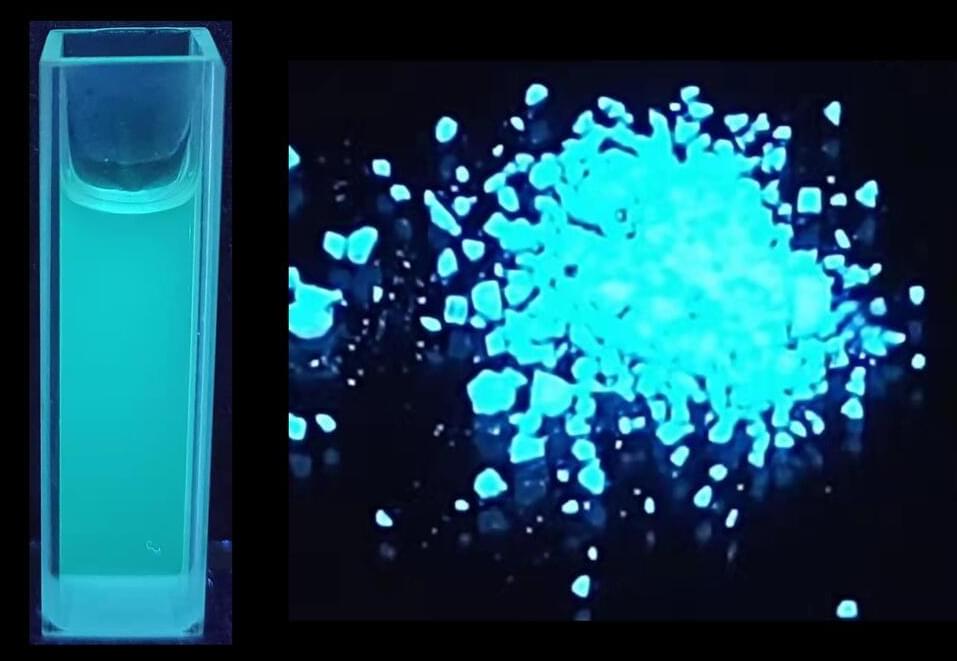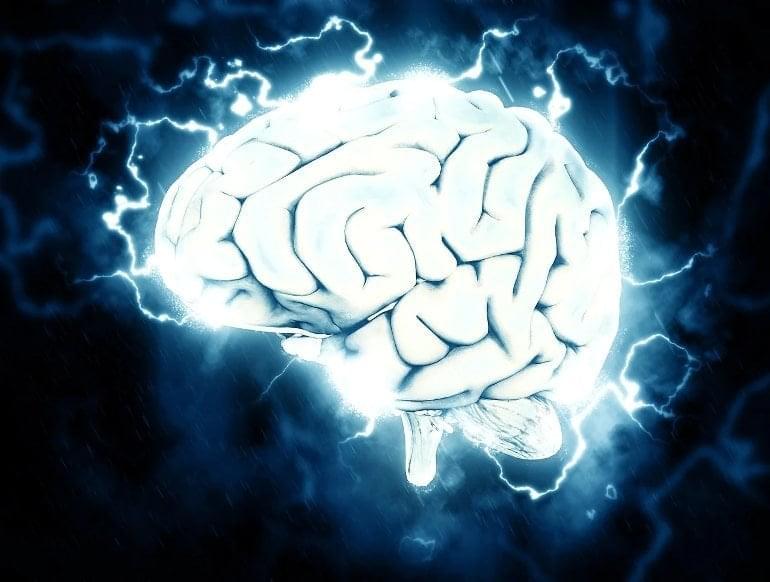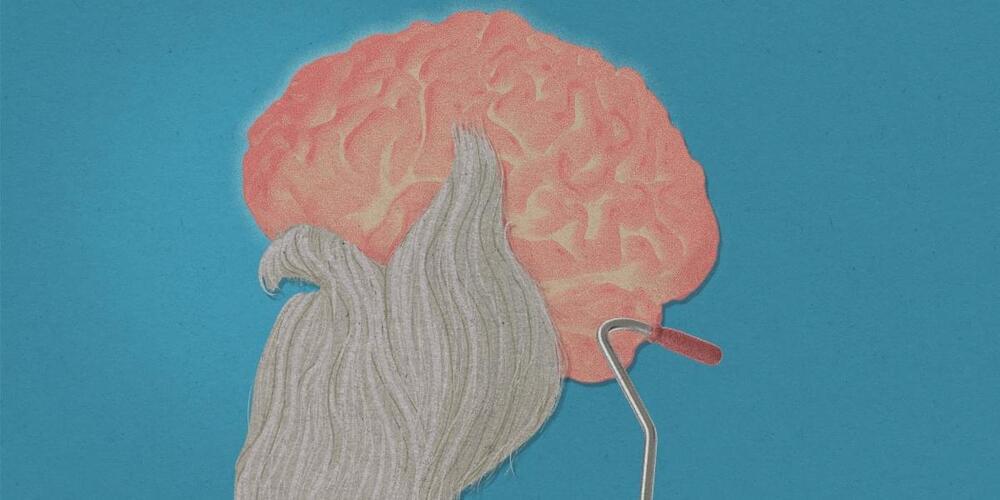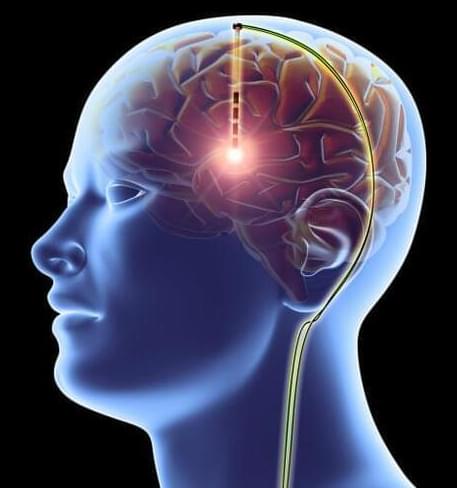Plants that glow under ultraviolet (UV) light aren’t just inventions of science fiction TV and movies. Roots of a traditional medicine plant called the orange climber, or Toddalia asiatica, can fluoresce an ethereal blue hue. And now, researchers have identified two coumarin molecules that could be responsible. These natural coumarins have unique fluorescent properties, and one of the compounds could someday be used for medical imaging. Their study is published in ACS Central Science.
Fluorescent substances take in UV light that is directed on them and release vibrantly colored visible light. And some glow even more brightly when they are close together, a phenomenon seen in compounds called aggregation-induced emission luminogens (AIEgens). They are key components in some optical devices, cellular imaging techniques and environmental sensors. However, these molecules are usually made in a lab, and many are toxic. Some plants already have this ability, so, Ben Zhong Tang, Zheng Zhao, Xiao-Dong Luo and colleagues turned to nature to find naturally occurring and safer AIEgens.
The researchers dried orange climber roots, crushed them into a powder, and then isolated and identified coumarin compounds with aggregation-induced emission properties: 5-methoxyseselin (5-MOS) and 6-methoxyseselin (6-MOS). When dissolved in an organic solvent, 5-MOS exhibited a blue-green glow and 6-MOS had a slightly dimmer blue glow. In addition, both AIEgens had low cytotoxicity and good biocompatibility.





